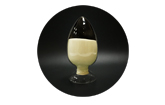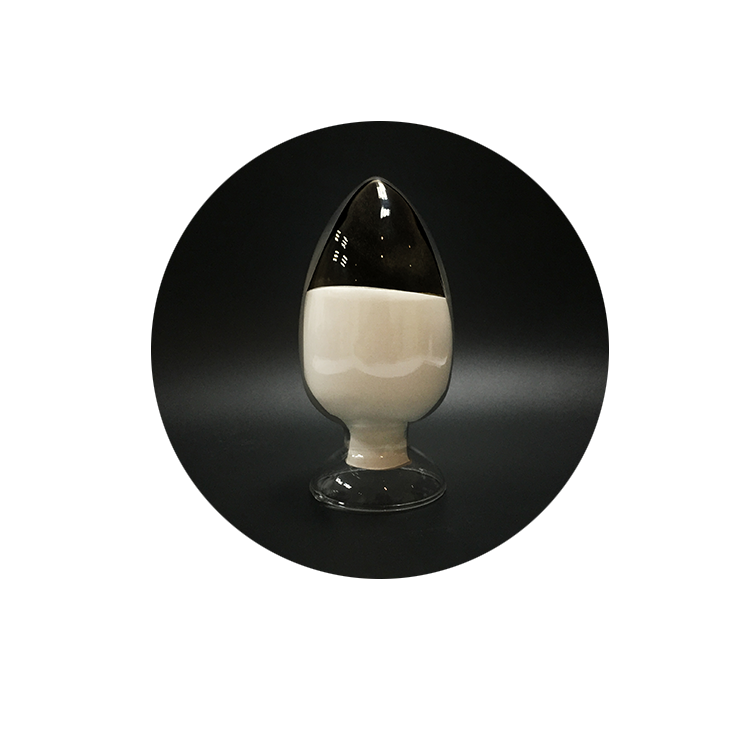What is the Effect of Adding Xylanase to Flour?
The main factor affecting the quality of flour products is the non-starch polysaccharide in flour - pentosan, which belongs to arabinoxylan in chemical structure, accounting for 1.5% to 3% of the dry basis of wheat flour. The bread produced is small in size and bright in color. Uneven, with no silky luster in the heart, yellowish-white color, thick hole wall, and rough taste.
1. The mechanism of action of xylanase in improving bread
Xylanase enzyme in food industry is a kind of xylan-degrading enzyme system, belonging to the class of hydrolases, which can hydrolyze insoluble arabinoxylan, and the hydrolysis rate can reach 65%. The product of xylanase hydrolysis of xylan is mainly xylo-oligosaccharide, which can make steamed bread and bread as the carrier of functional factor - xylo-oligosaccharide.
2. Adding xylanase to flour can increase the volume of bread and increase the softness of flour products
Adding xylanase enzyme (special xylanase for flour products) to the dough can increase the water holding capacity of the dough, improve the mechanical strength of the dough, make the dough have better air-holding capacity and improve the operating endurance of the dough. After adding xylanase in food, the bread is large in volume, uniform in color, silky luster in the core, milky white, fine, uniform and elongated in terms of texture structure, with thin pore walls, soft and elastic, Delicate taste. The use of xylanase enzyme to improve the quality of pasta products has been widely used in the production of bread in European and American countries.
3. The synergistic effect of xylanase enzyme in combination with other enzymes
There is only one standard for the processed flour, and due to the specific effect of enzyme preparations, we combine xylanase enzyme in the food industry with other enzymes (amylase, lipase, glucose oxidase, etc.) for compound test and applied in steamed bread processing. The results showed that the effect of enzyme compounding was better than that of adding xylanase alone. After compounding, the addition amount of xylanase should be reduced by 40%~50%, and the addition amount of other enzymes in compounding should be reduced accordingly. The average volume of the steamed buns improved by the compound enzyme increased, the taste was fine and soft, the color was whiter, the elasticity was better, and the fresh-keeping time was prolonged by about 1 day, and the re-steaming effect was better than that of the steamed bread without the compound enzyme. Xylanase and compound enzymes can basically achieve the whitening effect of chemical modifiers in steamed bread whitening, and the effect of improving the texture and texture of steamed bread is more obvious than adding chemical modifiers.
Food-grade xylanase fills the gap in xylanase food-grade production. Our extensive research on the application of food-grade xylanase shows that food-grade xylanase has a good application effect in the quality improvement of pasta products and has great market potential. Coupled with the inherent characteristics of the enzyme preparation itself, all xylanases are inactivated in the cooking or baking process, so food-grade xylanase can be said to be a green pasta product improver. With the ban of potassium bromate in bread production, the use of xylanase in combination with amylase, glucose oxidase, lipase, etc. is considered to be one of the most potential products to replace potassium bromate at present.



